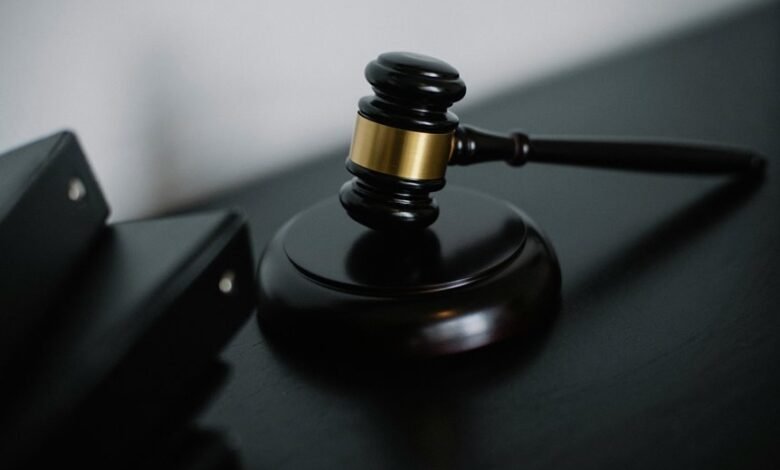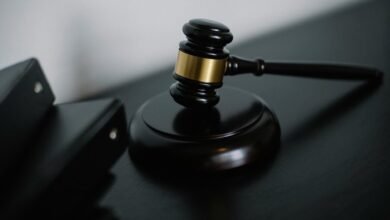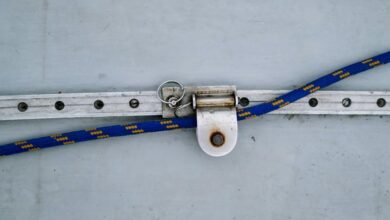Honorários de Sucumbência: Qual o Percentual e Quando São Devidos?

Images play a crucial role in the judicial process by providing visual evidence that can influence case outcomes and public perception. Their authenticity and integrity are vital, as manipulated photographs can distort facts and undermine trust in justice. Ethical considerations and technological safeguards are essential to safeguard against misinformation. The impact of judicial photo campaigns extends beyond courtrooms, shaping societal views and transparency. Exploring these dynamics raises important questions about the balance between visual power and ethical responsibility.
The Power of Visual Evidence in Courtrooms
How influential are visual images in shaping judicial outcomes? Visual evidence, underpinned by digital forensics, critically hinges on image authenticity. Accurate, unaltered images can affirm or undermine cases, emphasizing the importance of verifying visual data.
Recognizing the power of images promotes transparency and safeguards judicial integrity, ensuring that justice remains rooted in genuine, trustworthy evidence.
Shaping Public Opinion Through Judicial Photo Campaigns
Judicial photo campaigns have emerged as a strategic tool for shaping public opinion by leveraging visual narratives to influence perceptions of legal proceedings. They manipulate memória fotográfica and imagem pública, fostering specific narratives that can sway societal views.
This approach underscores the power of images in constructing collective perceptions, impacting perceptions of justice and reinforcing societal narratives around legal processes.
Risks and Ethical Considerations of Using Images in Legal Contexts
While visual campaigns can effectively shape public perceptions of legal processes, they also introduce significant ethical and practical risks. Privacy concerns may arise from unauthorized image use.
Authenticity challenges threaten the integrity of judicial evidence. These issues underscore the need for careful ethical considerations to balance transparency with individual rights and avoid distortions.
Conclusion
In the courtroom’s silent gaze, images serve as unspoken witnesses, wielding the power to sway truth and justice. When verified and ethically managed, photographs illuminate proceedings like steady beacons, guiding societal trust. Conversely, manipulated visuals cast shadows, distorting perceptions and eroding confidence. Ensuring the integrity of visual evidence is essential—transforming fleeting pixels into enduring symbols of fairness, where transparency and accountability anchor the pursuit of justice amid the complex landscape of judicial imagery.





